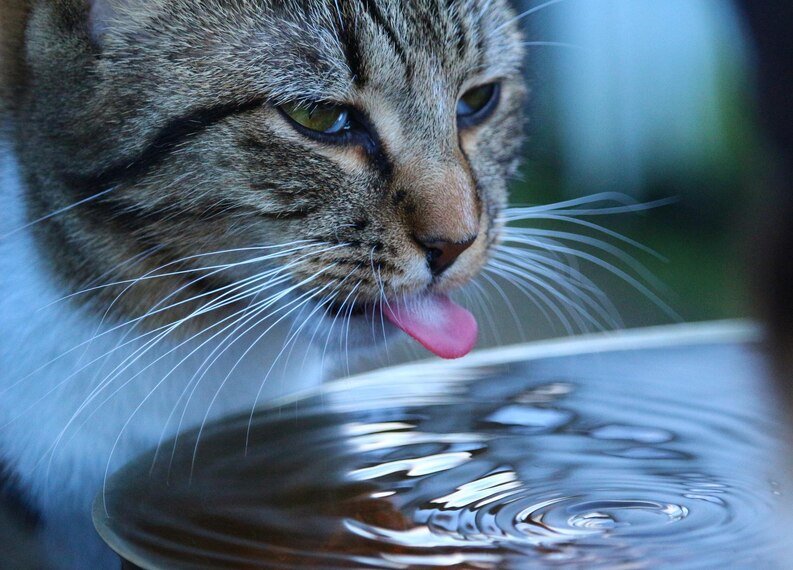Why Do Cats Paw At Water. Checking the Depth. Cats can see in the dark and even at nighttime, but they don’t like to go into the water because of their lack of visibility and depth perception there.
They sense the depth by making ripples with their paws before approaching or leaning into the water. These ripples give them a better idea of just how close they are to being underwater.
Why Do Cats Paw At Water
Most cats are pretty reluctant about water. They avoid puddles like the plague and often the bathtub is actually off-limits to them as well. Hot water is also a no-no since it’s too painful for them, which leaves them with most of our sinks as long there are no running taps. But apparently, they have reasons as to why they’d prefer to drink from their own dishes instead read on to find out what they are.
Whiskers
Whiskers are an essential part of a cat’s life. They get sensory inputs from their environment, and it helps them to navigate through the space around them.
However, some cats have overly sensitive whiskers that can lead to whisker fatigue.
Whisker fatigue is a condition when the cat receives too many signals at once through their whiskers because they often touch the surface of the water bowl.
The constant irritant of the water bowl against their whiskers can send too much information to the brain.
Vulnerable
When it comes to feeding your cat, he or she might not feel comfortable lowering its head too far towards its water dish.
This is because it restricts his or her vision when eating and leaves him vulnerable to attack. They’re not going to be aware of a curious toddler creeping up on them from behind for example.
Instead of approaching their water bowl in this fashion, cats tend to get most of their hydration by licking moisture off of the fur on their bodies.
Inconsistent
When cats are thirsty, they will stretch out the tongue fully and lower their head deeper into a bowl of water.
The cat will continue to do this until she can’t see what is going on around her. She keeps this staring position for some time until she feels that she has filled her belly with enough water.
Old Cats
Older cats may make a mess out of their water dishes. This could be due to a couple of different reasons including illness such as renal disease, diabetes, or thyroid problems.
It could also be that the cat is disoriented from any given illness causing it to seek water from improper locations such as your toilet!
Other common symptoms in senior cats exhibiting illness include being more lethargic, having an appetite loss, and becoming reclusive.
Water Play
You might notice your cat frolicking around in their water bowl. This is especially the case for kittens, but any cat might be enjoying splashing around in the bowl.
As an owner, you want to make sure your little one is active and getting out plenty of energy so that they can release some pent-up playtime from within as opposed to releasing such energy by splashing around in her water bowl instead.
Also, make sure to get more scratching posts inside of your home so that she can get rid of excess playtime energy by scratching on those posts instead.
What Causes Cats To Paw At Their Drinking Bowls?
Some cats prefer running water over stagnant, as they tend to stick their paws in the bowl, hoping that it is moving.
However, running water can become stale after a while, so these cats will get restless and start looking for something else.
If a cat gets bored of the same water every day and cannot find anything else to be entertaining, they are going to keep on pawing at his or her dish in order to try to get some more interesting things out of it.
When Cats Drink Water, Why Do They Scratch the Floor?
When a cat scratches their bowl before drinking it, the reason could be that they’re simply acting on what they’ve learned through instinct when they were kittens.
They might also be trying to tell you something about your water either that it tastes strange or it’s dirty. So make sure to change it up once in a while.
